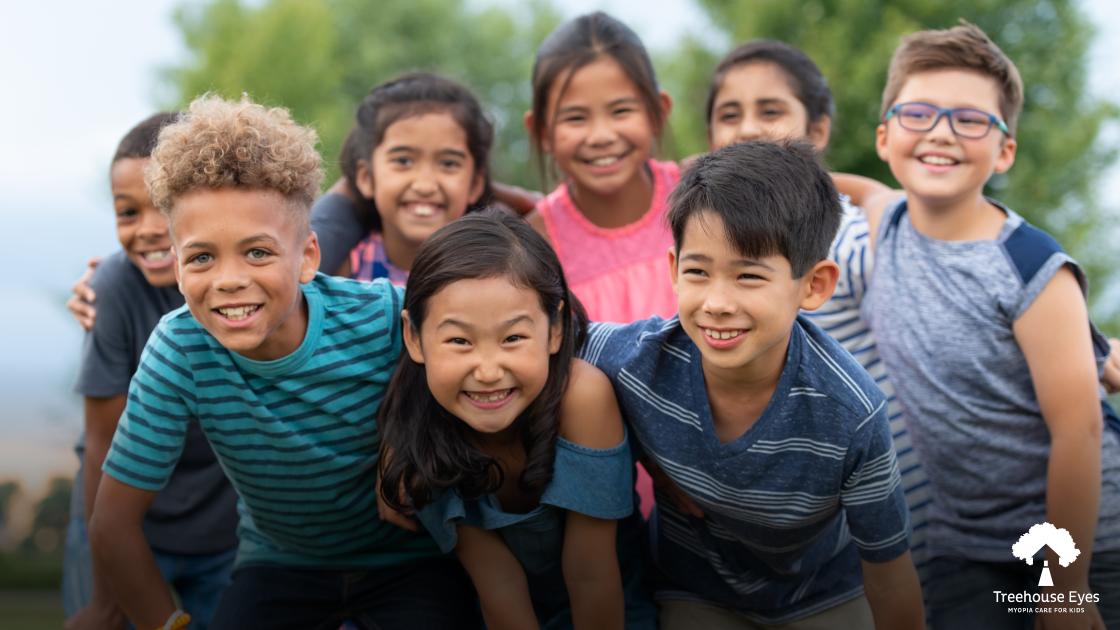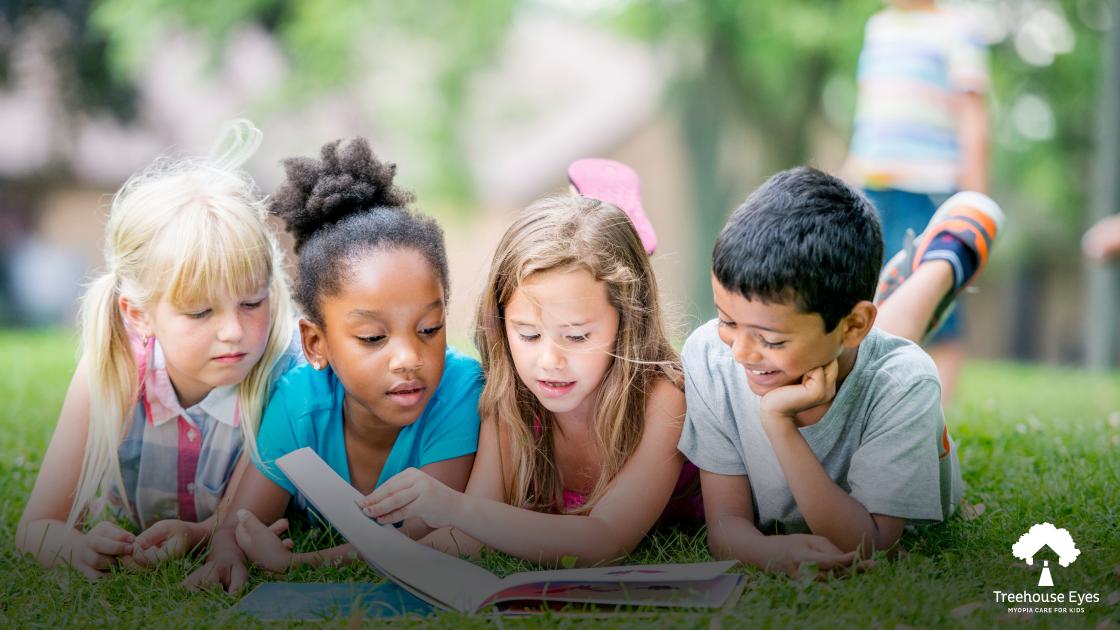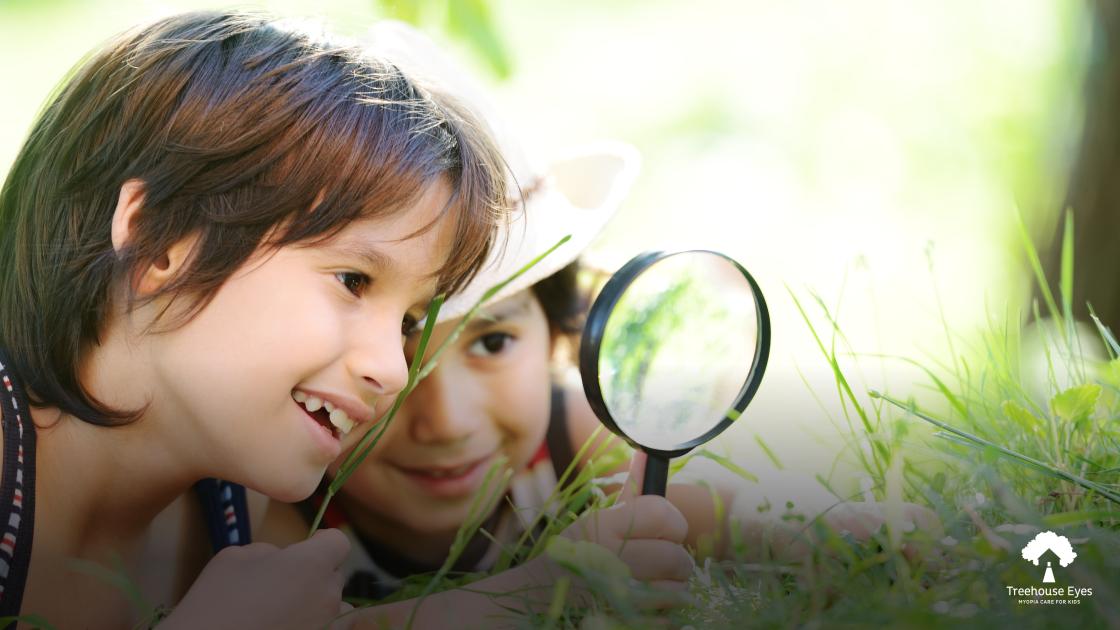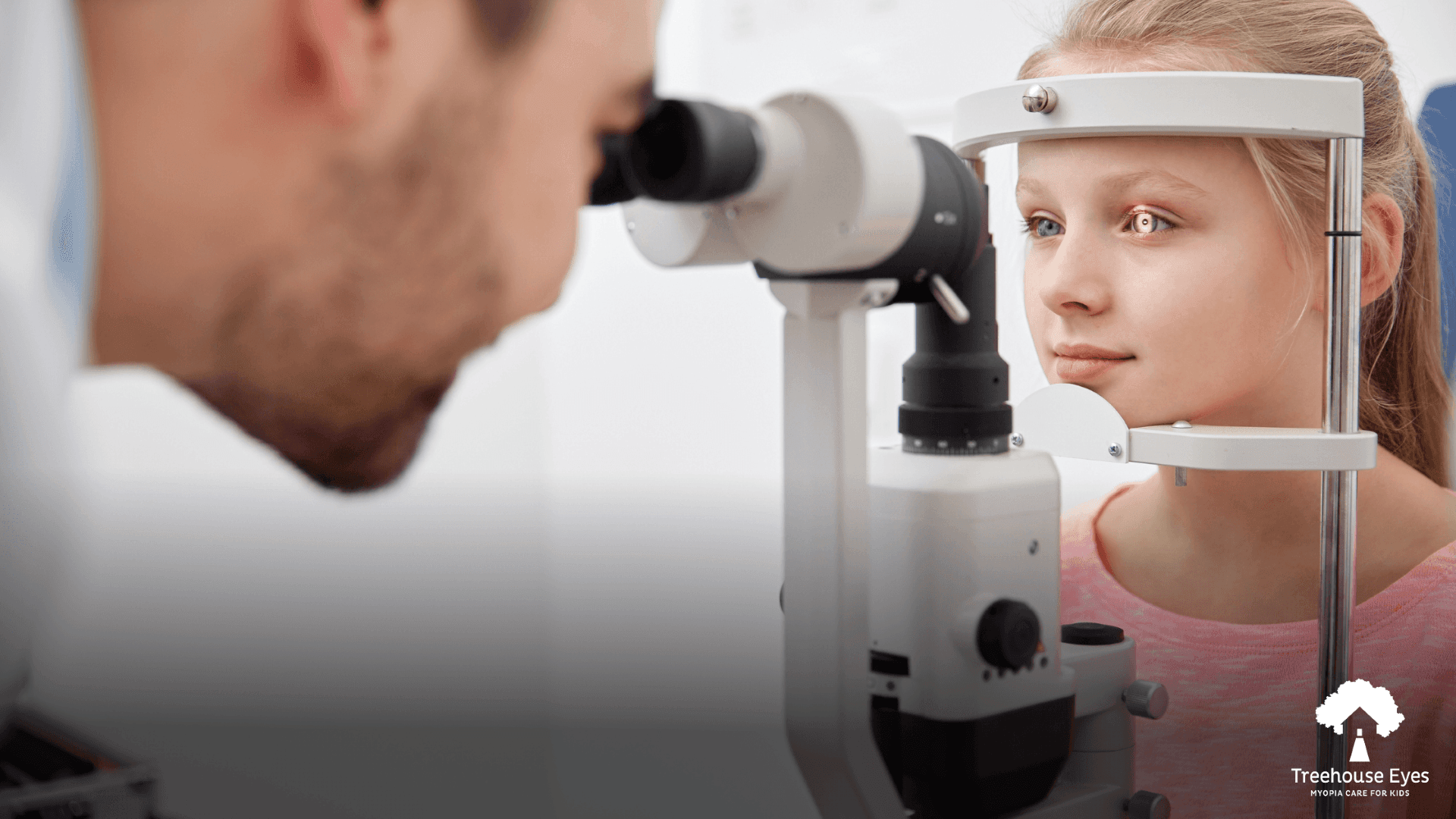
Myopia affects more than just the need for glasses to correct blurry vision. Children frequently experience myopia progression, which lowers...

Myopia affects more than just the need for glasses to correct blurry vision. Children frequently experience myopia progression, which lowers...

As parents, ensuring the health and well-being of our children is paramount. When it comes to their vision, early detection...

Understanding Myopia Progression: The Role of Corrected Visual Habits Once myopia occurs, will the degree continue to increase even if...

Nearsightedness, also known as myopia, is one of the most common vision conditions affecting approximately 30+% of people in the...